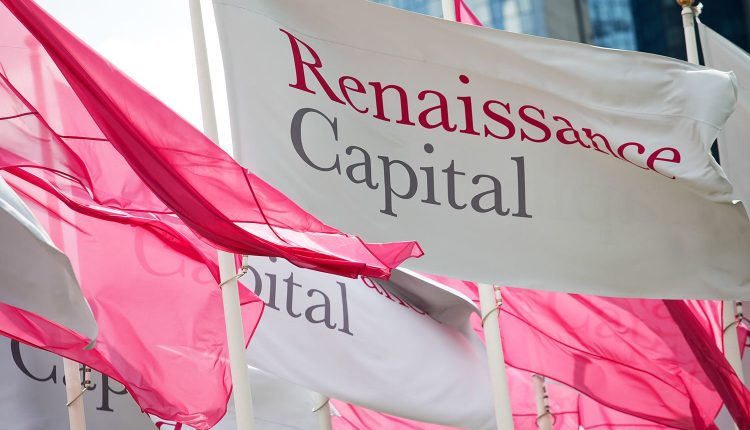Renaissance Capital sees Egypt’s GDP at 3.5% in 2020, 2.8% in 2021, 5% in 2022
Renaissance Capital (RenCap) forecasts in a recent report that Egypt’s real GDP growth to record 3.5 percent for 2020, then to dip to 2.8 percent in 2021 before roaring back to 5.0 percent in 2022.
The Russian investment bank said that it remains bullish on the Egyptian economy in the light of the benefits the country is reaping from its fiscal reform programme, including turning a primary budget surplus and engaging the International Monetary Fund (IMF).
RenCap also sees an improving debt-to-GDP ratio on the horizon as Egypt’s central bank (CBE) continues enacting rate cuts next year.
“Moreover, we think the education / electricity fundamentals are in place to help Egypt accelerate GDP growth,” RenCap report read.
RenCap does not seem to expect another rate cut when the CBE’s Monetary Policy Committee (MPC) meets for the last tme this year in December.
“… we will close out the year with interest rates where they are. We should, however, expect rates to be cut by 150 bps in 2021 and remain at around 7-8 percent through 2022.”
Egypt’s inflation is expected to fall marginally to 5.5 percent in 2021 from 5.6 percent at the end of this year, it added.
Unemployment is also expected to tick up over the next two years, holding steady at 9.7 percent, according to the RenCap report.
Emerging and Frontier Markets
RenCap expects the administration of incoming U.S. President Joe Biden to bring good things to the Emerging and frontier markets and a weaker U.S. dollar.
The Trump administration encouraged U.S. companies to bring their businesses back home, reversing FDI flows that had gone towards emerging and frontier markets. He offered tax incentives and creating trade tensions that made it risky for companies to take their business offshore.
Biden is expected to de-escalate many of these tensions and help drive FDI back to EM and FM in 2022, RenCap said.
“We think this will contribute to EM FX strength, helping suppress inflation and interest rates and encourage more bank lending and investment. Faster growth will result, attracting more money to EM” and weakening the U.S. currency, the report added.
The weakening U.S. dollar will also be driven by portfolio flows, particularly with low yields on developing market debt, the investment bank said.
“This is partly explained by the demographic induced savings glut and because with high DM debt ratios, any rise in [US Treasury] yields would risk sending economies back into recession (thereby reducing yields).”
Emerging markets are expected to attract portfolio investments in FX and local currency debt, reversing the massive outflows they sustained earlier this year as the pandemic took hold, RenCap suggested.
RenCap also said that debt is actually not a concern for emerging and frontier markets and that, if anything, “governments should borrow like they have never borrowed before” in the coming decade.
The investment bank forecasts that interest rates in these markets will fall, while debt servicing costs may not rise even if debt-to-GDP ratios rise more than previously seen.
“While Egypt or India do have high debt, it is mostly in local currency and mostly financed by locals,” meaning their external debt is not “worrisome”, RenCap report concluded.


